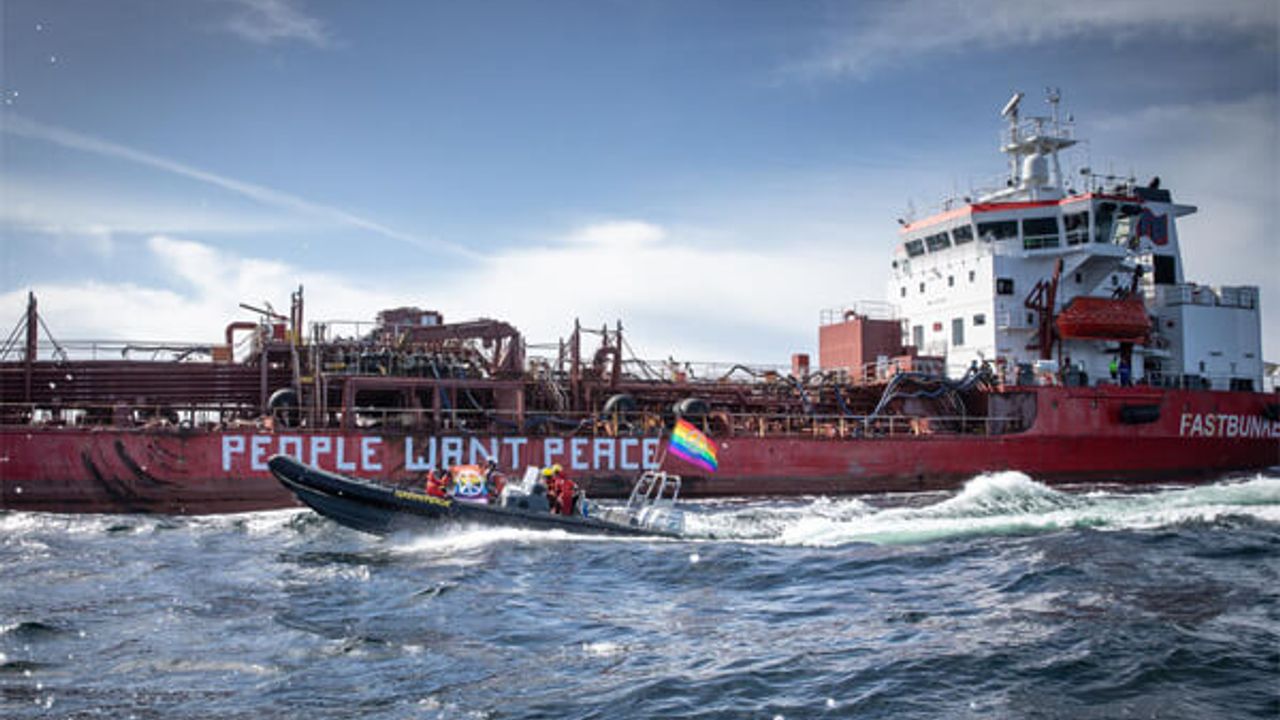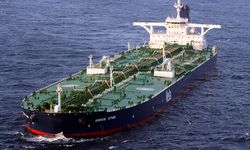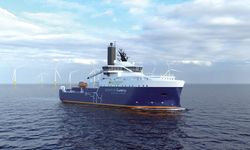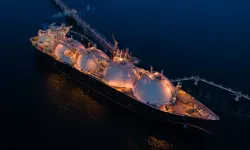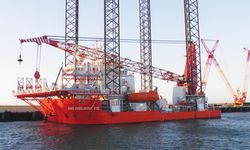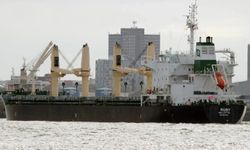Greenpeace activists took to the waters of the Baltic Sea on April 12 to protest against the refueling of tankers transporting Russian oil. Their target was the MT Zircone, an 8,000-ton bunker vessel operating in the region. Using small rubber boats, the activists painted messages like "Oil is War" and "People Want Peace" on the hull of the Zircone.
The protest follows a report by Sweden's SVT Nyheter alleging the Zircone's involvement in fueling tankers linked to the Russian oil trade. According to SVT, the Zircone has been refueling vessels sailing to and from Russia, including those in the so-called "shadow fleet" from the Primorsk oil terminal.
Fast Bunkering, the company operating the Zircone, has not denied these operations but maintains compliance with sanctions and regulations. They claim to source fuel from Europe and deny bunkering shadow fleet vessels.
SVT's report prompted a preliminary investigation by Swedish authorities, although it was closed with the possibility of a fine. Despite initial operations without a Swedish permit, the Zircone has since been granted permission.
Greenpeace's protest aims to draw attention to the environmental risks posed by the Russian oil trade in the Baltic. They assert that as much as 60% of Russian oil exports pass through these waters, facilitated by lax regulations and vague EU sanctions.
Greenpeace demands action from the Swedish government to halt refueling operations for the shadow fleet in Swedish waters. They cite concerns over the fleet's aged vessels, lack of inspections, and past incidents, warning of potential environmental disasters.
The protest coincides with Greenpeace's petition drive urging government action to prevent future environmental threats in the Baltic. They have been targeting tankers and gas carriers in the region for over two years, seeking to raise awareness and prompt regulatory change.
